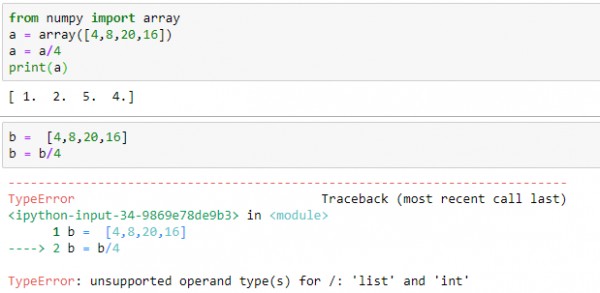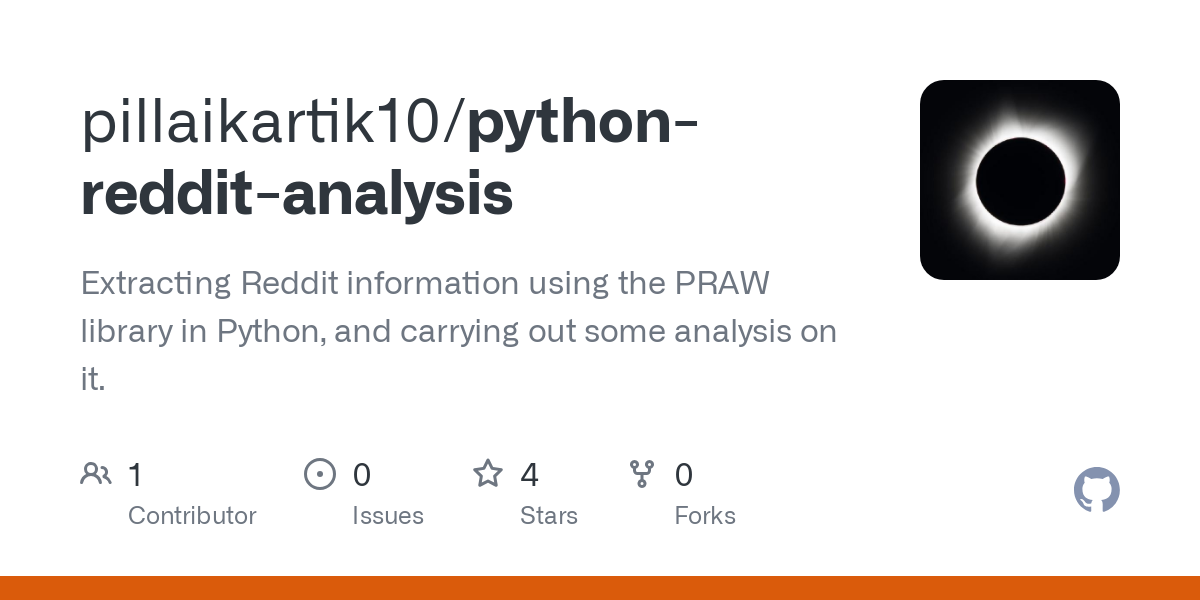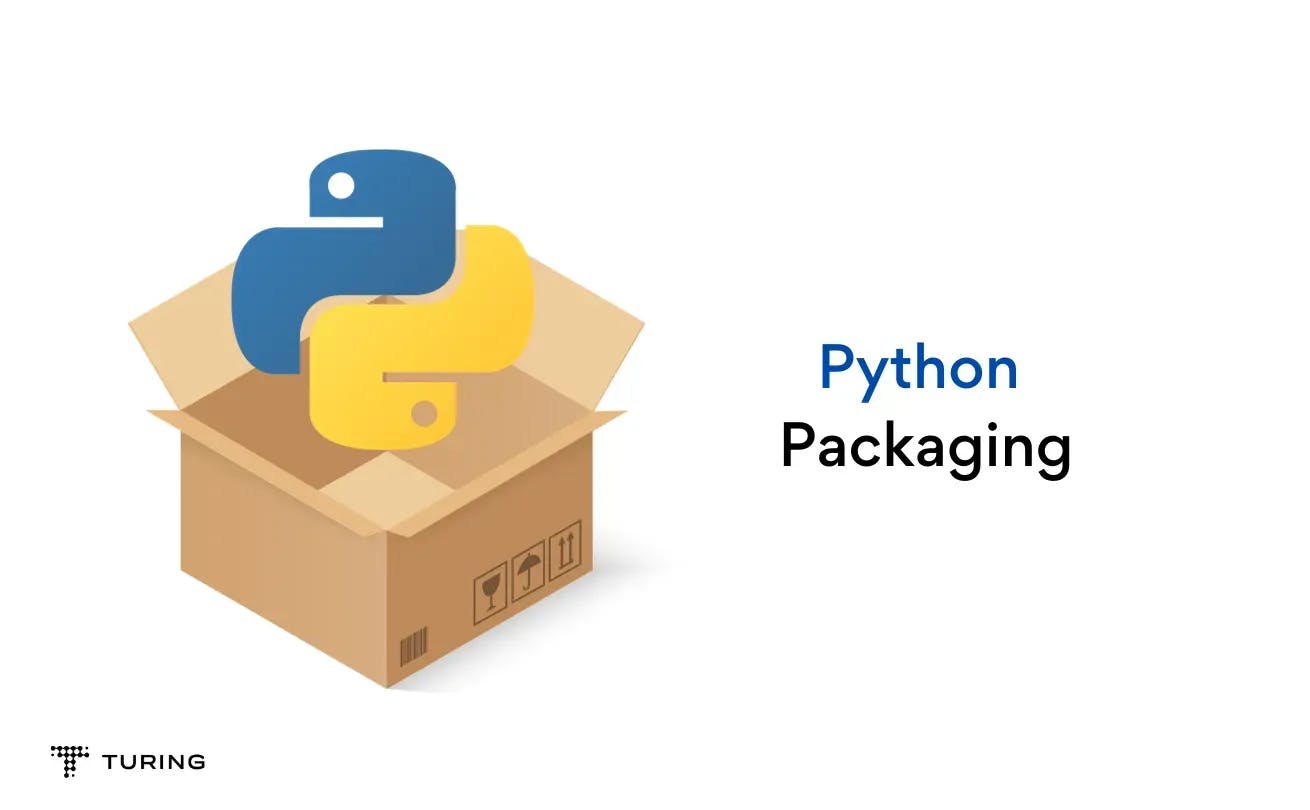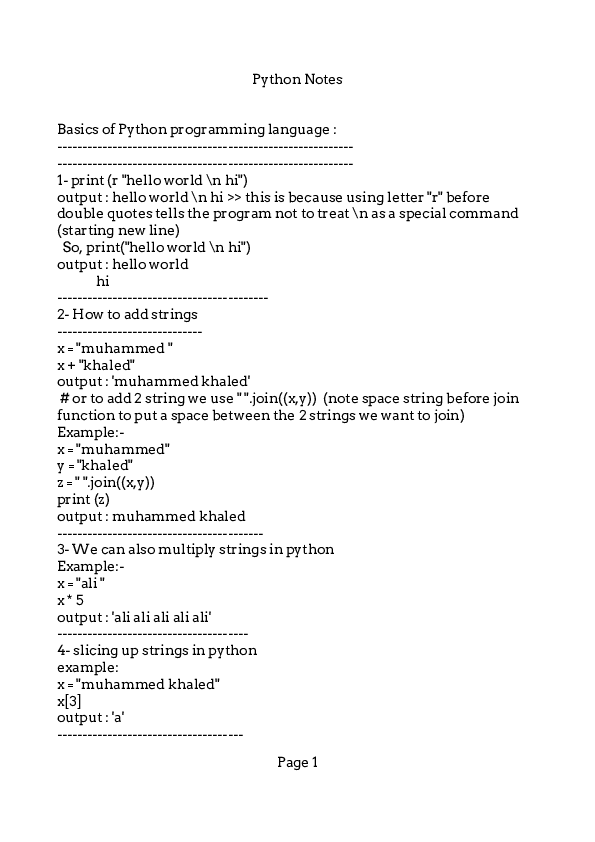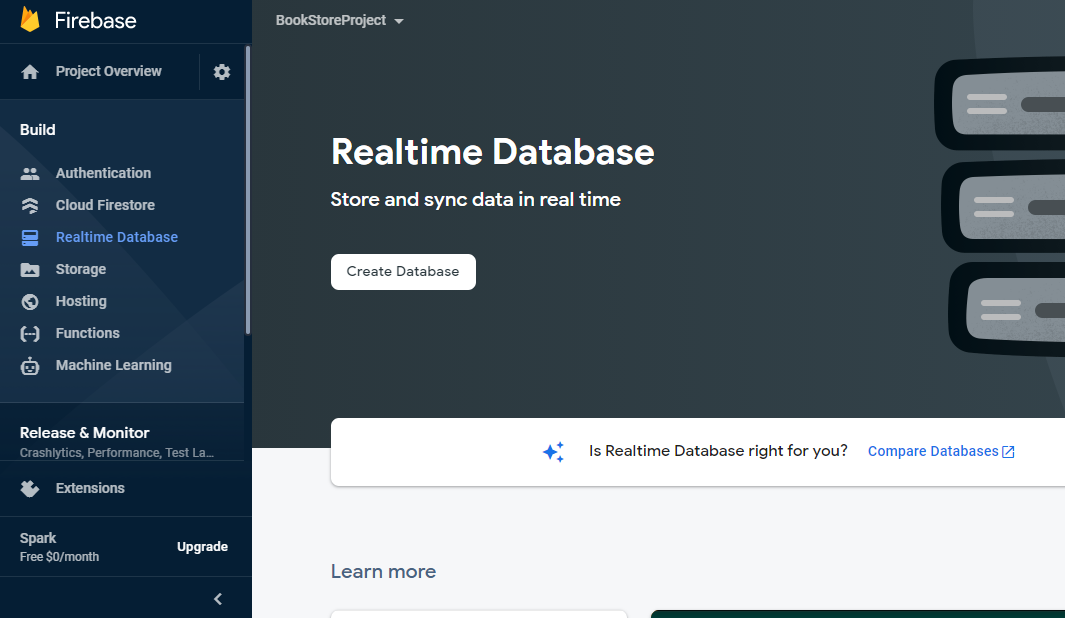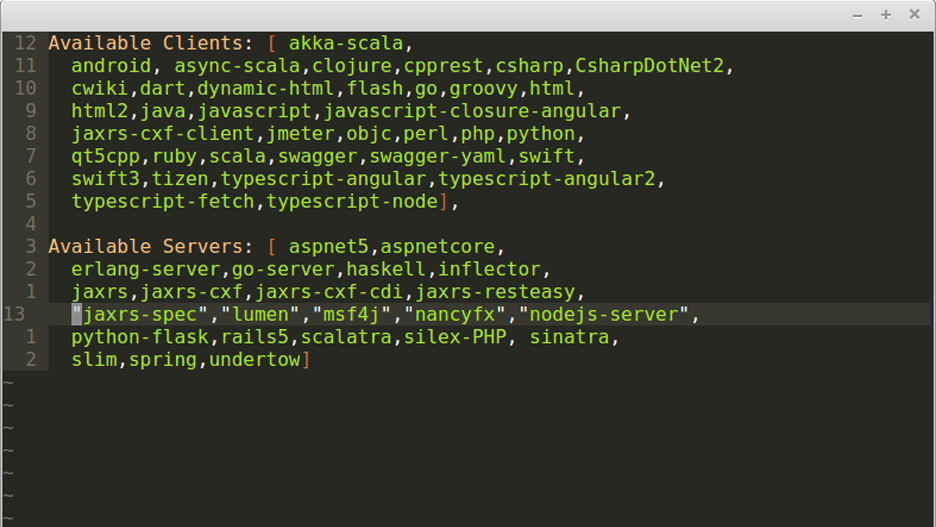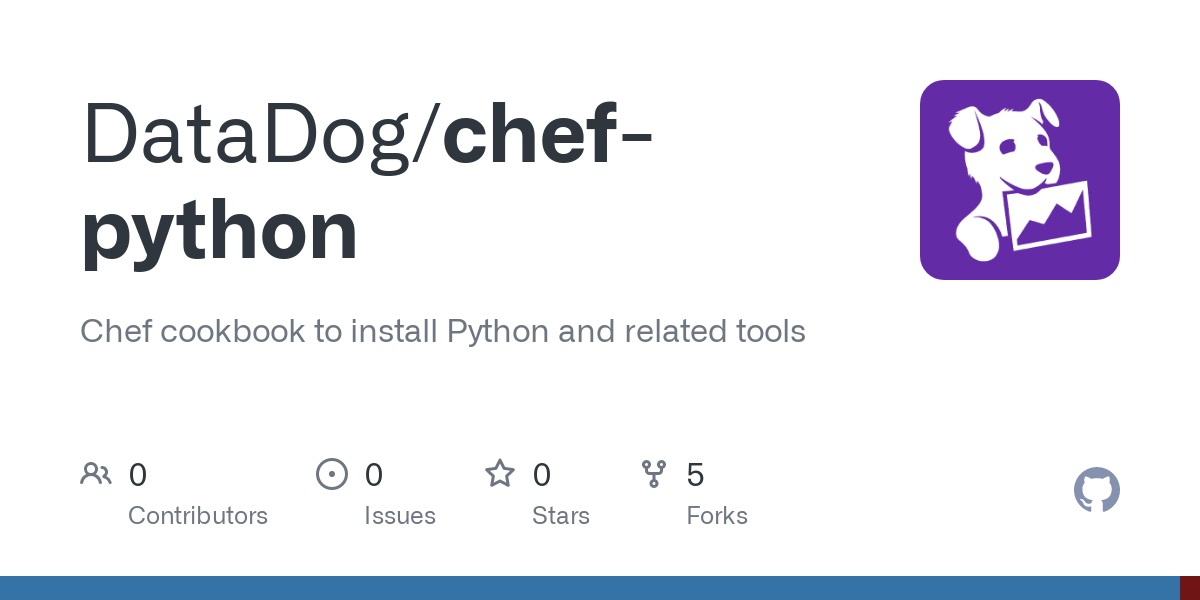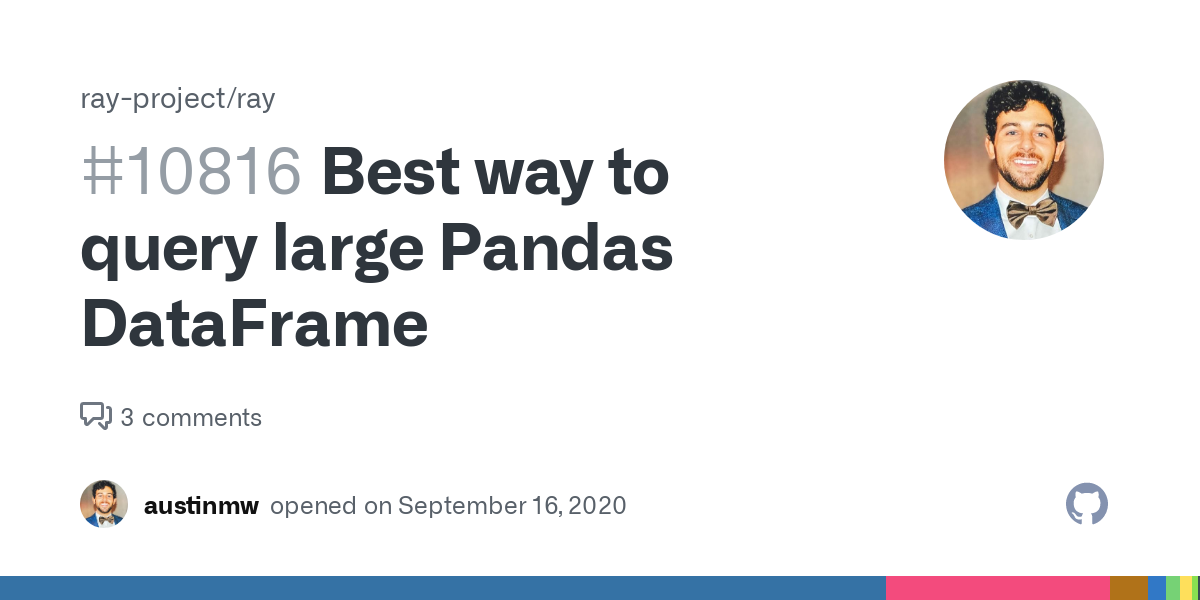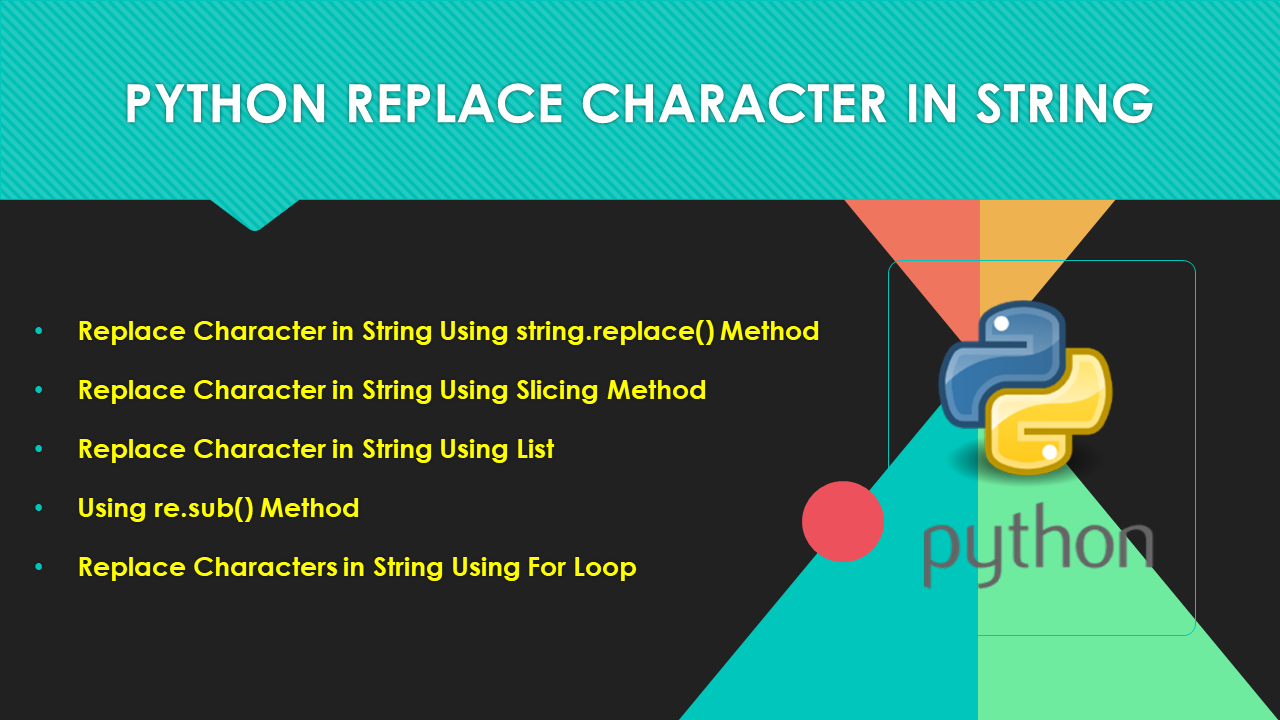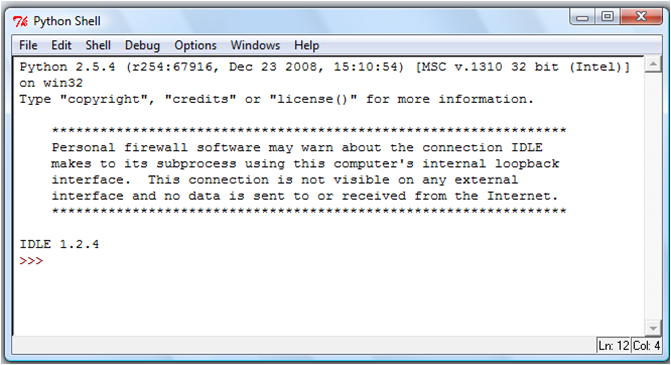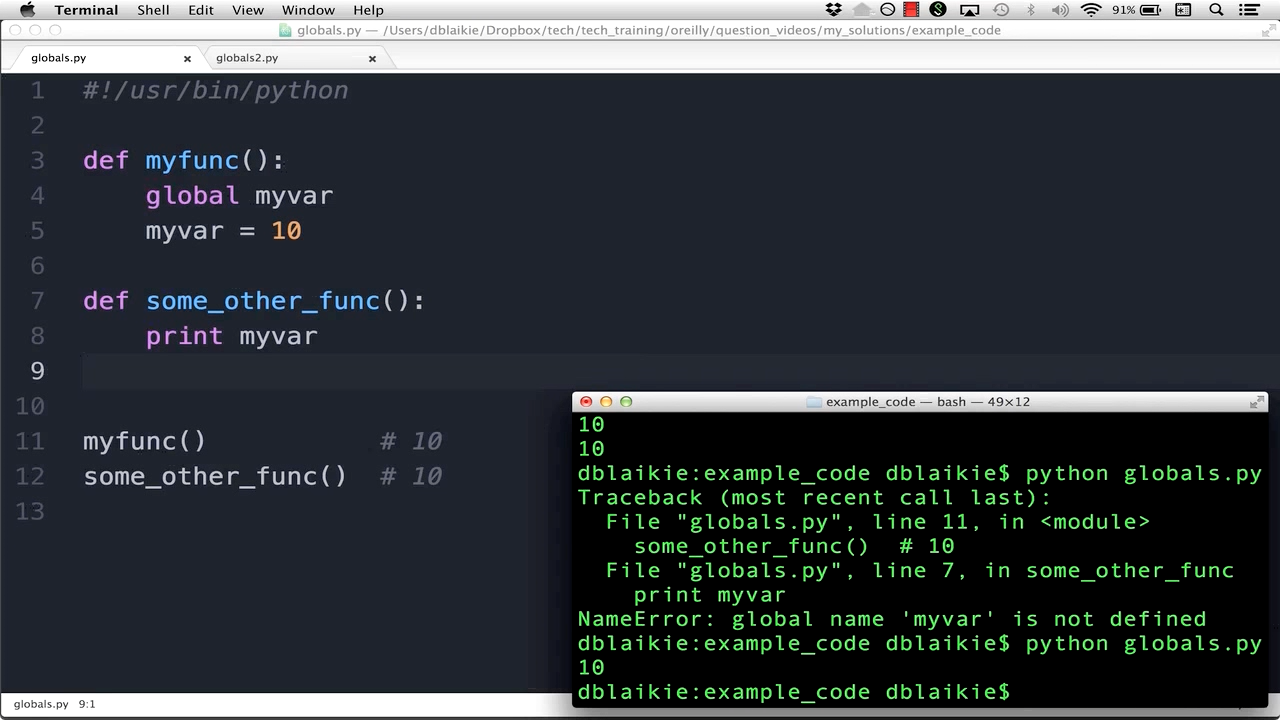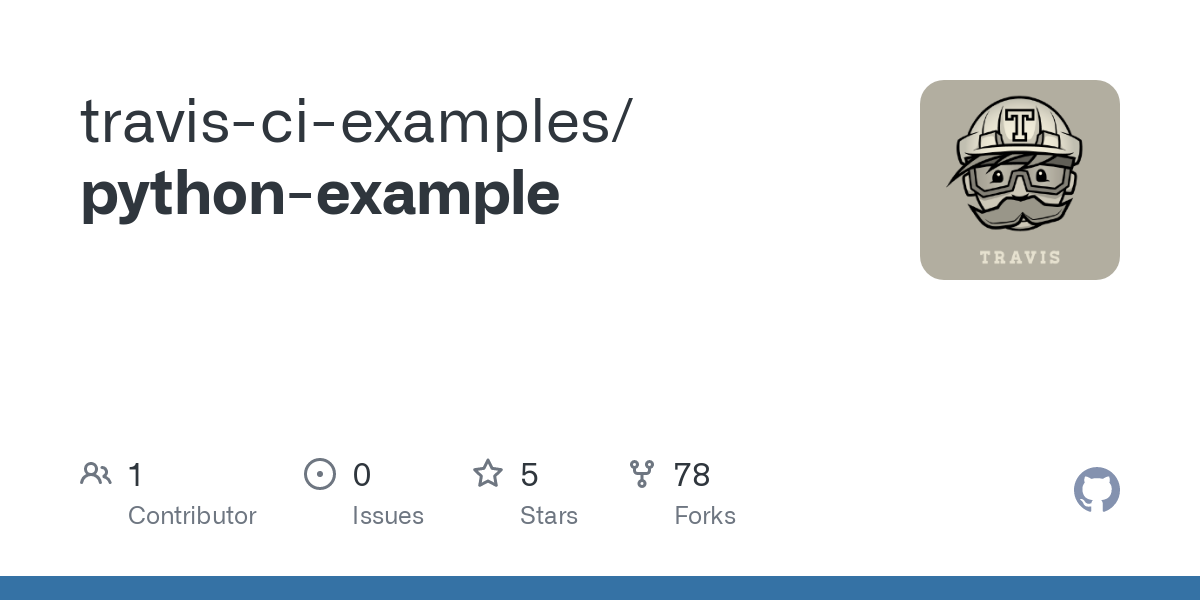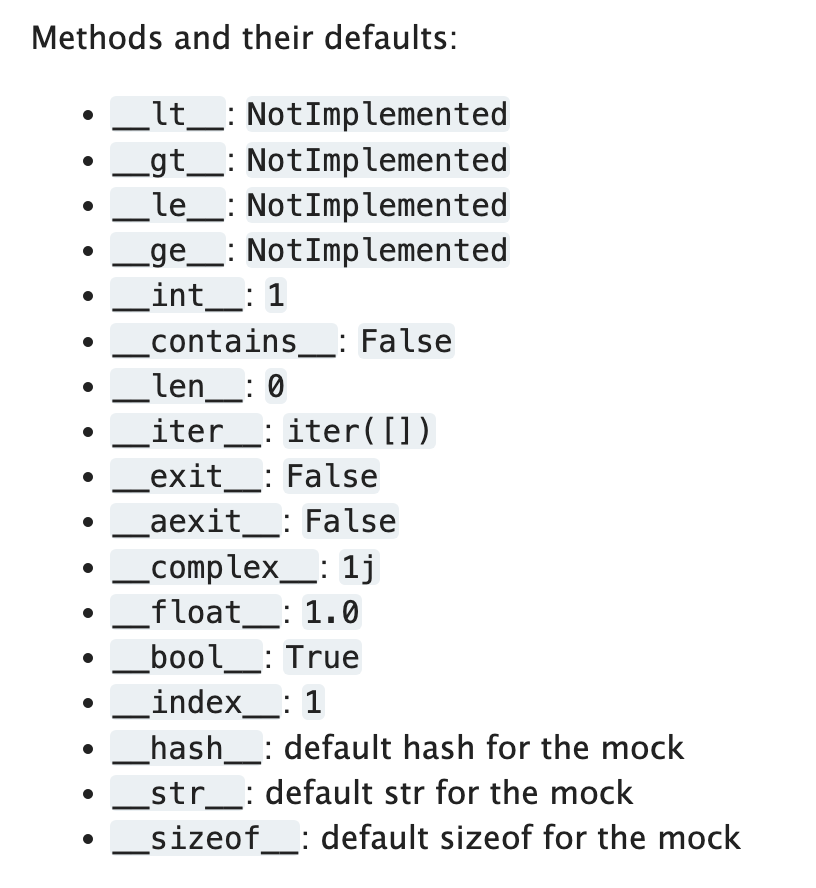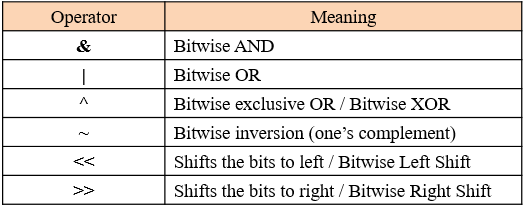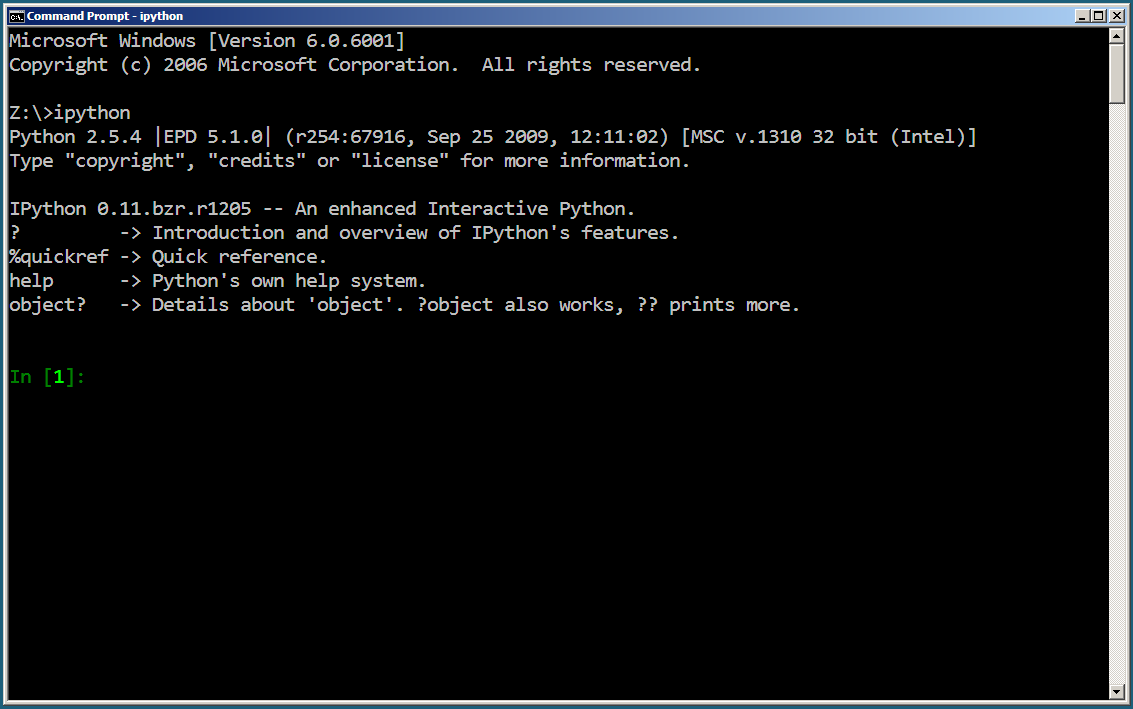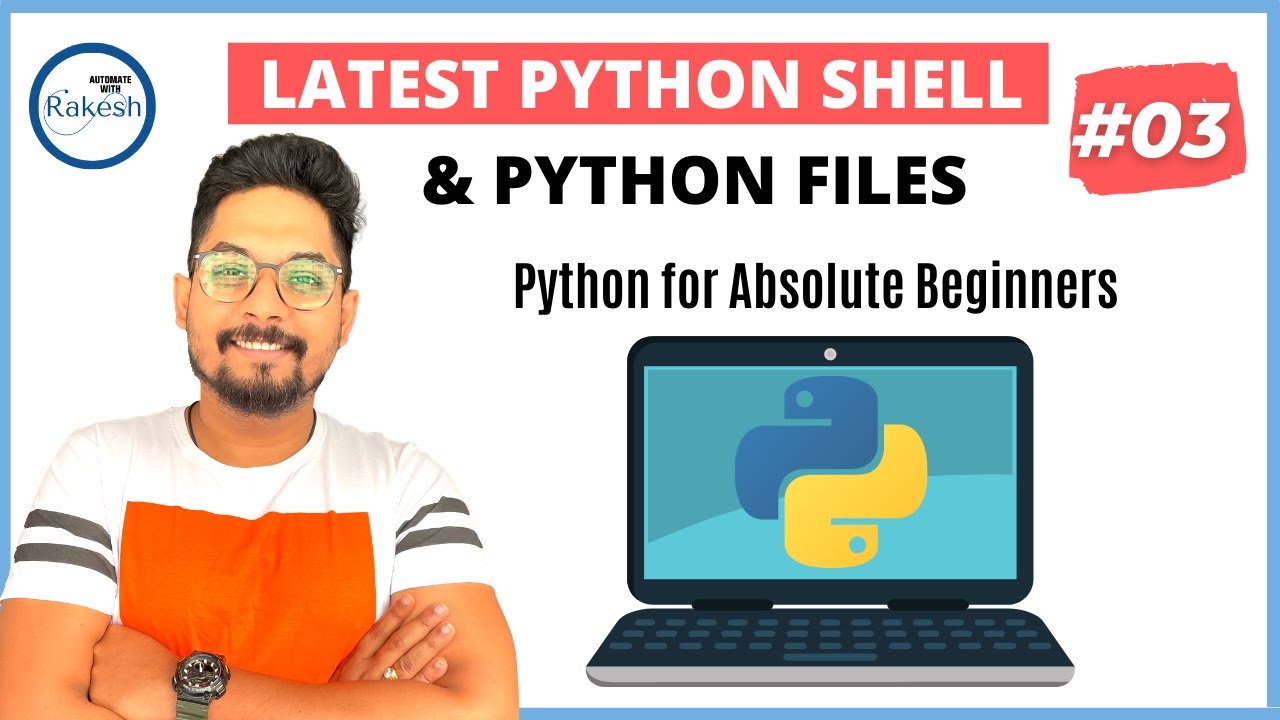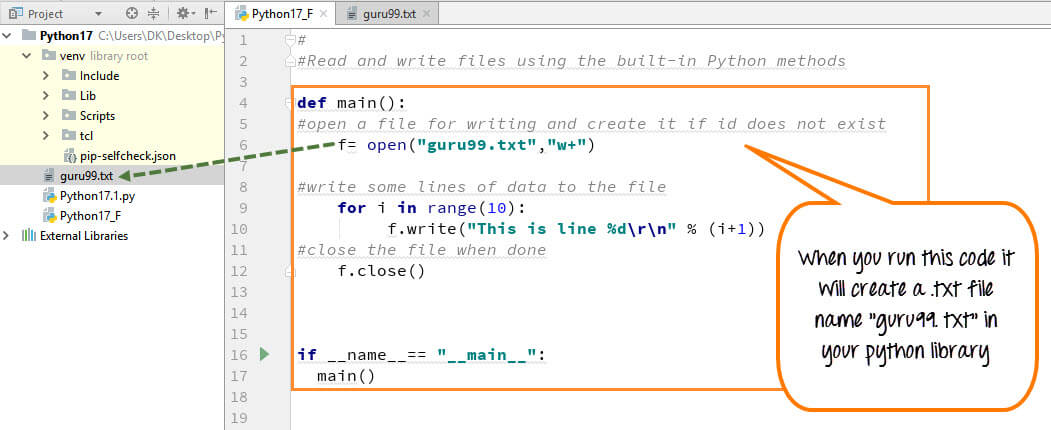Python list vs array examples
Python list vs array examples
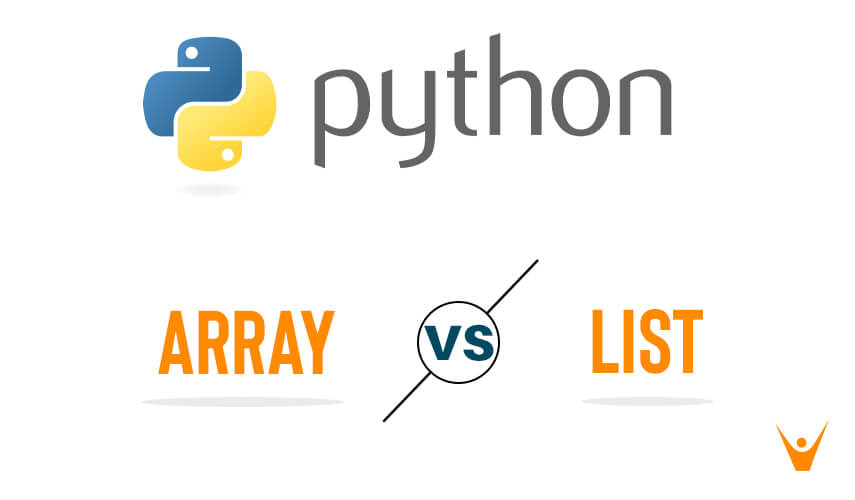
Here's a comprehensive comparison of Python lists and arrays:
In Python, you can store data in two main ways: Lists and Arrays. Both are data structures that allow you to store multiple values in a single variable. However, there are some significant differences between them.
Python List (List)
A Python list is an ordered collection of items. It allows you to store any type of object, including strings, integers, floats, dictionaries, and even other lists. Lists can be created using the square brackets [] or the list() function.
Here are some key features of Python lists:
Ordered: Lists maintain their order. You can access elements by their index (position). Heterogeneous: You can store different data types in a list.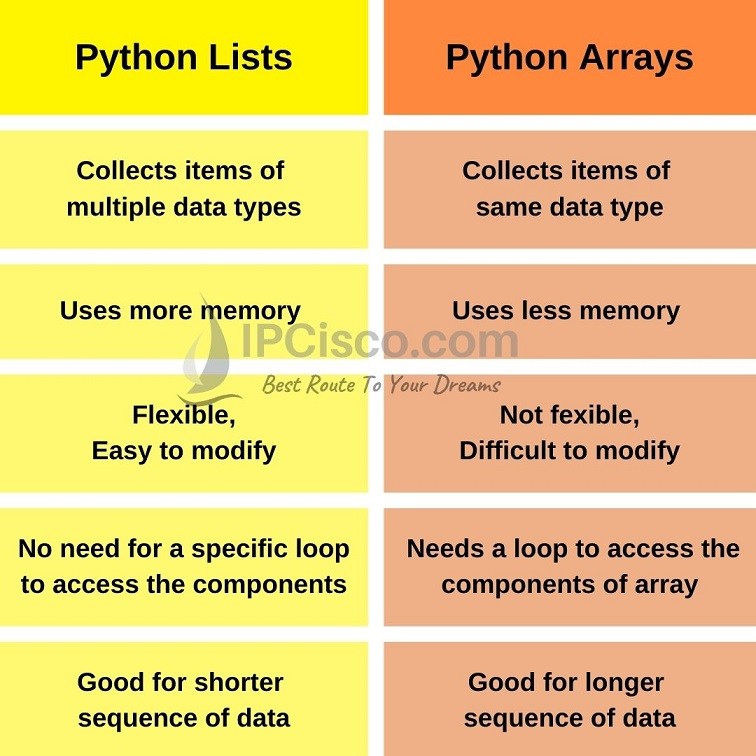

Example:
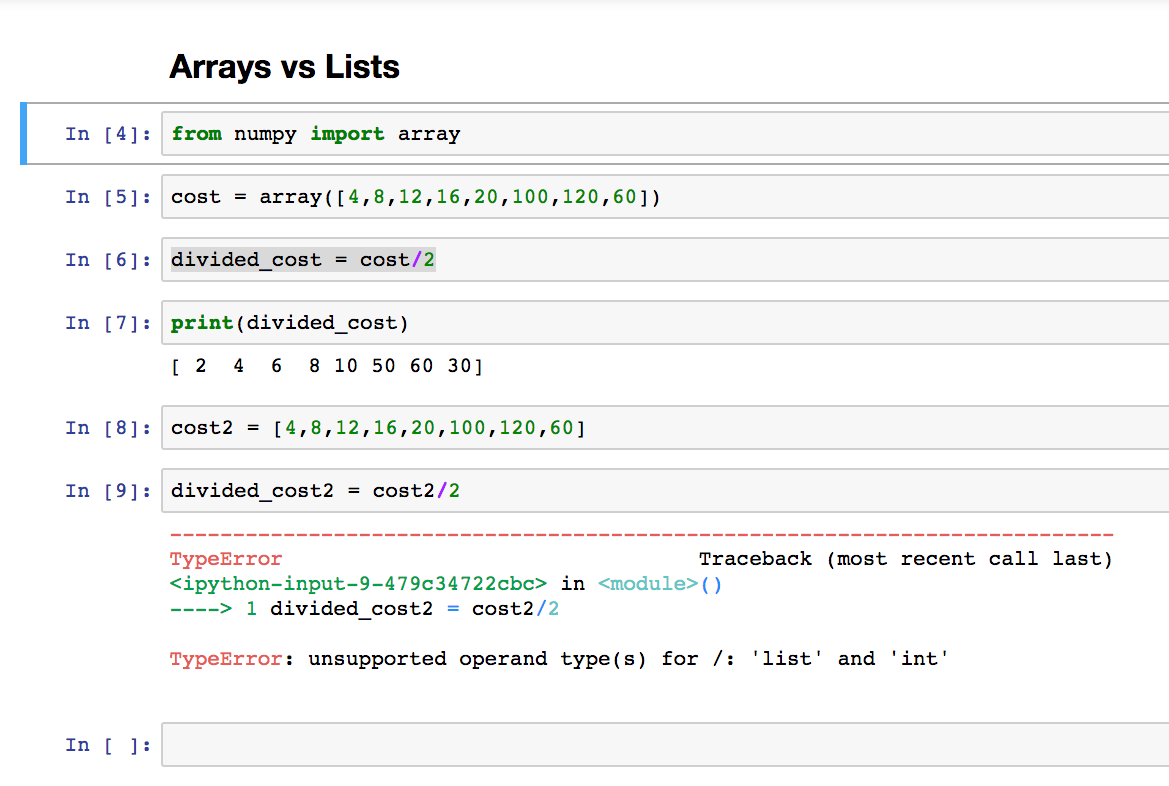
my_list = ["apple", "banana", 1, 2.5]
print(my_list) # Output: ['apple', 'banana', 1, 2.5]
NumPy Array (Array)
A NumPy array is a multi-dimensional data structure that allows you to store large amounts of numerical data. Arrays are designed for efficient numerical computations and are particularly useful when working with scientific and engineering applications.
Here are some key features of NumPy arrays:
Ordered: Arrays maintain their order, just like lists. Homogeneous: All elements in an array must be the same type (e.g., all integers or all floats). Fixed size: The size of an array is fixed when it's created and cannot change afterwards. Efficient: NumPy arrays are implemented as contiguous blocks of memory, which makes them extremely efficient for numerical computations.Example:
import numpy as npmy_array = np.array([[1, 2], [3, 4]])
print(my_array) # Output: [[1 2]
[3 4]]
When to use each
Here are some guidelines on when to use Python lists and NumPy arrays:
Use Python lists when you need a flexible data structure that can store different types of objects, or when you need to dynamically change the size of your data. Use NumPy arrays when you're working with large amounts of numerical data and require efficient numerical computations. This is particularly useful in scientific computing, machine learning, and engineering applications.Conclusion
In summary, Python lists are suitable for general-purpose programming tasks that require flexible data structures, while NumPy arrays are ideal for numerical computations where efficiency and speed are crucial. Both have their own strengths and weaknesses, and choosing the right one depends on the specific requirements of your project.
Python list vs array vs tuple vs set
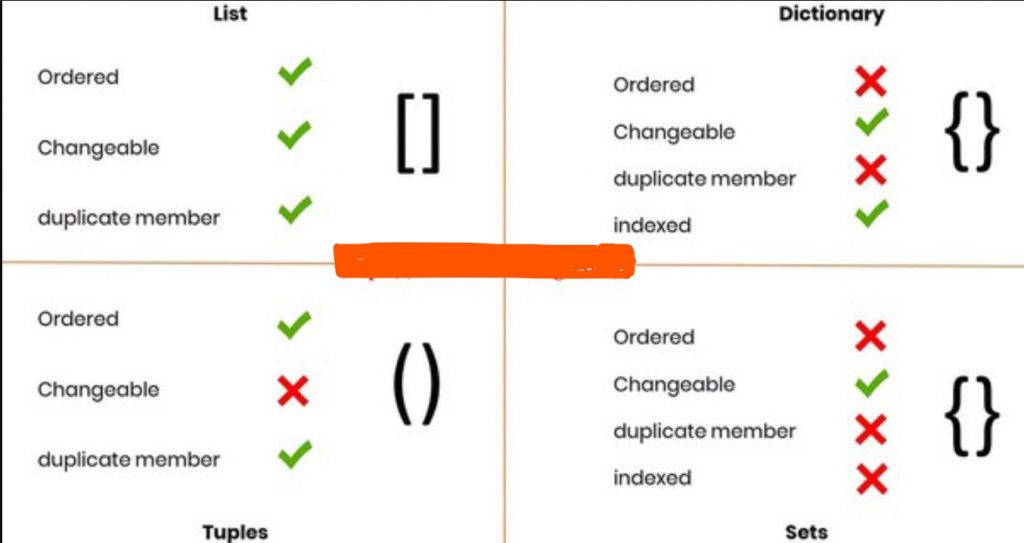
I'm happy to respond in English for you!
In Python, there are four main types of data structures: lists, arrays, tuples, and sets. While they may seem similar at first glance, each has its own unique characteristics, advantages, and use cases.
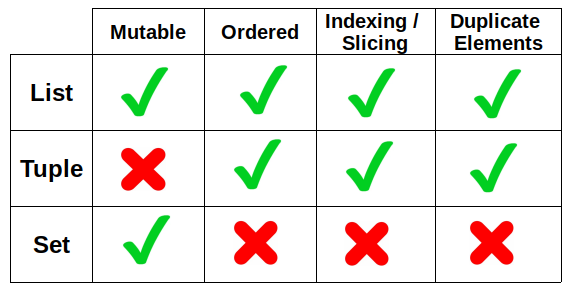
Lists
A list is a mutable sequence of items that can be of any data type, including strings, integers, floats, and other lists. Lists are denoted by square brackets [] and elements are separated by commas. Lists are useful when you need to store and manipulate a collection of items.
Pros:
Mutable: You can add, remove, or modify elements after the list is created. Flexible: Can contain elements of different data types. Efficient: Lists are implemented as dynamic arrays, making them suitable for large datasets.Cons:
Slow lookups: Searching for an element in a list can be slow if you need to iterate through all elements. Unpredictable memory usage: Since lists are dynamic arrays, their memory usage can increase unpredictably if you frequently add or remove elements.Arrays
In Python, there is no built-in "array" type like some other languages. However, the array module provides a way to create fixed-size sequences of integers, floating-point numbers, or characters. Arrays are useful when you need to work with large amounts of numerical data and want predictable memory usage.
Pros:
Fixed size: Memory usage is deterministic and can be optimized for performance. Fast lookups: Searching for an element in an array is generally faster than in a list. Compact: Arrays take less memory than lists because they are contiguous blocks of memory.Cons:
Limited to specific data types: Can only store integers, floats, or characters. Less flexible: Once created, the size and data type of an array cannot be changed.Tuples
A tuple is an immutable sequence of items that can also contain elements of different data types. Tuples are denoted by parentheses () and elements are separated by commas. Tuples are useful when you need to store a collection of values that should not be modified after creation.
Pros:
Immutable: Once created, a tuple's contents cannot be changed. Fast lookups: Searching for an element in a tuple is generally faster than in a list. Compact: Tuples take less memory than lists because they are contiguous blocks of memory.Cons:
Fixed size: A tuple's size is determined at creation time and cannot be changed. Limited flexibility: Since tuples are immutable, you cannot add or remove elements after creation.Sets
A set is an unordered collection of unique items. Sets are useful when you need to keep track of distinct items without caring about their order or duplicates.
Pros:
Fast lookups: Searching for an element in a set is generally faster than in a list. Unpredictable memory usage: Since sets are implemented as hash tables, their memory usage can increase unpredictably if you add many elements. No duplicates: Sets automatically eliminate duplicate items.Cons:
Unordered: The order of elements in a set is not preserved. Slow iteration: Iterating through all elements in a set can be slow because it requires recalculating the hash table.In summary, Python lists are versatile and flexible but may have performance issues with large datasets. Arrays provide predictable memory usage and fast lookups but are limited to specific data types. Tuples offer immutability and speed but are fixed in size and inflexible. Sets provide fast lookups and eliminate duplicates but have unpredictable memory usage and unordered elements.
Now, if you'll excuse me, I need to go find Grandma's favorite cookie recipe...
